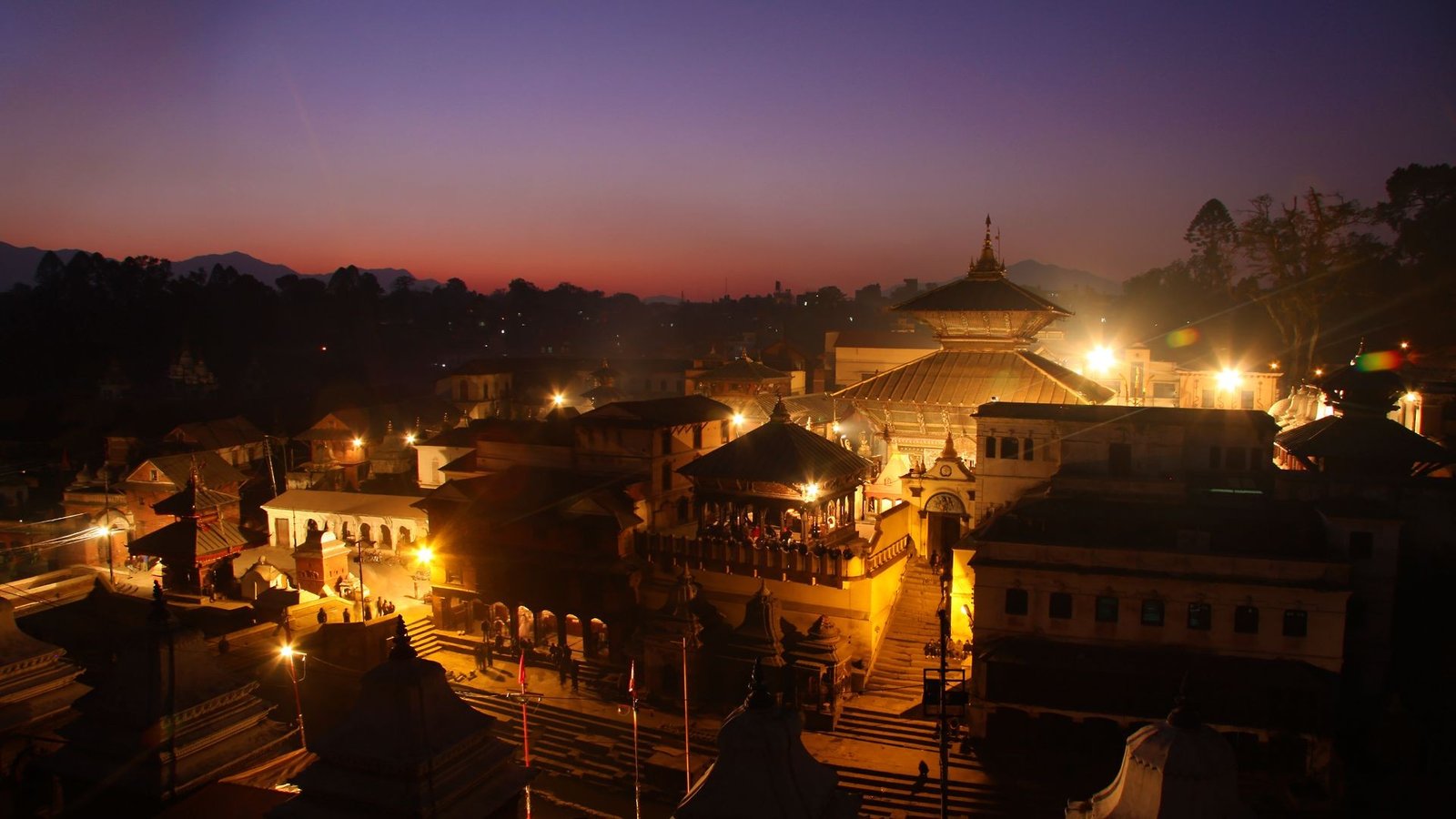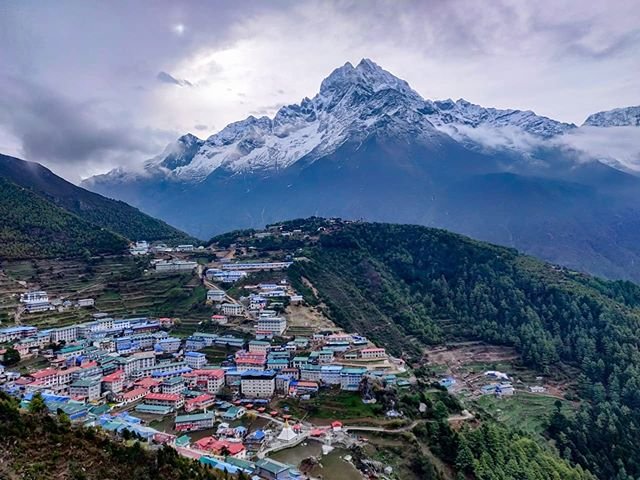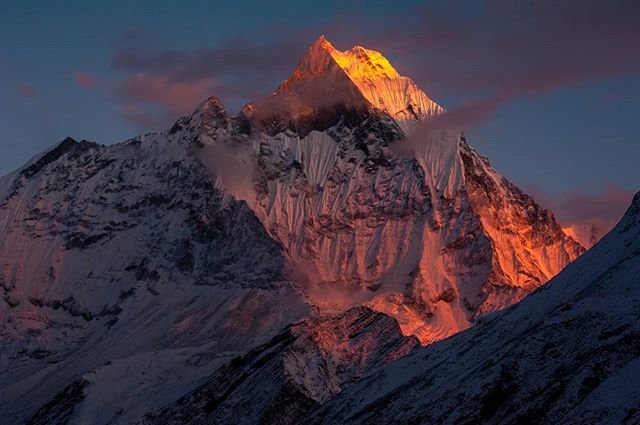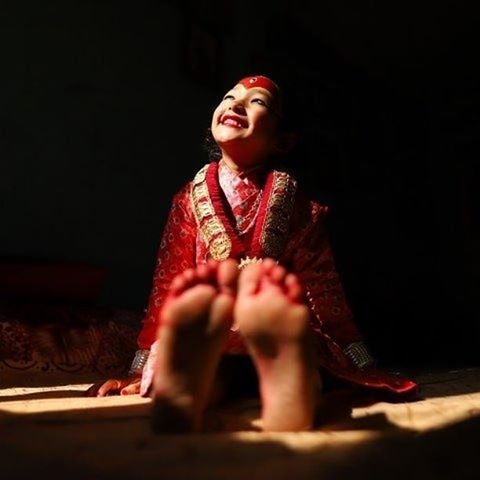
Full Moon Concerts at Kirateshwar
Experiennce spiritualism during musical concerts held every full moon at the Kirateshwar temple near Pashupati.
Discover NepalOfficial website of Nepal Tourism Board
Please click here for a complete list of our websites.
Although, the exact date of Pashupatinath’s construction is unknown, it is considered to be the oldest Hindu temple of Kathmandu. The oldest temples in the Pashupatinath area date back to the 9th century. The earliest evidence of Pashupatinath’s existence go back to 400 AD.
According to the inscriptions by 7th century King Jay Dev 2nd, Supusha Dev, who was 39 generations ahead of 5th century King Manadev, built Pashupatinath. The current main temple of Pashupatinath complex was built at the end of the 17th century to replace the previous one, destroyed by termites.
Countless smaller temples have been constructed around the main temple on both banks of the Bagmati River during the last few centuries.
The chronology of dates and the structure of the temples around Pashupatinath are related. In different eras, the architectural styles have changed.
Pagoda Style: The main temple of Pashupatinath is built in the Pagoda style. In the east it is called Mandapa Shaili, roof on top of roof. Nepali pagodas are the most important and significant features of Nepali architecture. In the travel diary of 7th century Chinese traveler Huang Tsang, he has written that Nepal had Pagoda-style buildings during the time of his visit.
During the Malla regime, building of Pagoda style temples proliferated. Before the Malla Regime, during the 9th century, the temples were made of stone and wood alone. Today, only the ruins of temples made during the Lichhavi period are left such as pillars.
Dome Style: Domed temples were influenced by Mughal architecture and are believed to be Rana imports. Domed temples were favored by the Shah and Rana rulers and they built them around Kathmandu. Vishwaroop at Pashupati constructed by Jung Bahadur Rana in 1874 is one of those dome-styled temples.
Shikhara Style: The Shikhara style temple was initially introduced by the Guptas in the 6th century. It was later introduced to Nepal by the Lichhavi dynasty. This style was used for building both Hindu as well as Buddhist temples.
Shikhara temples are often made of brick and consist of square-cells with tapering tower, symbolizing caves and mountains. Temples were usually set on stepped platforms, followed by moulded courses. This was done to protect the temple from damp and to make them appear more respectable. The Nepali Shikhara temples have been found to have a wooden frame of posts and beams enclosed within the walls to give it added structural strength and resilience.
Towards the end of the Malla period, the Shikhara shrines adopted different outlines; that of the shape of an inverted flower bud, which became popular due to their ease of construction.
Nepal through the eyes of our visitors




